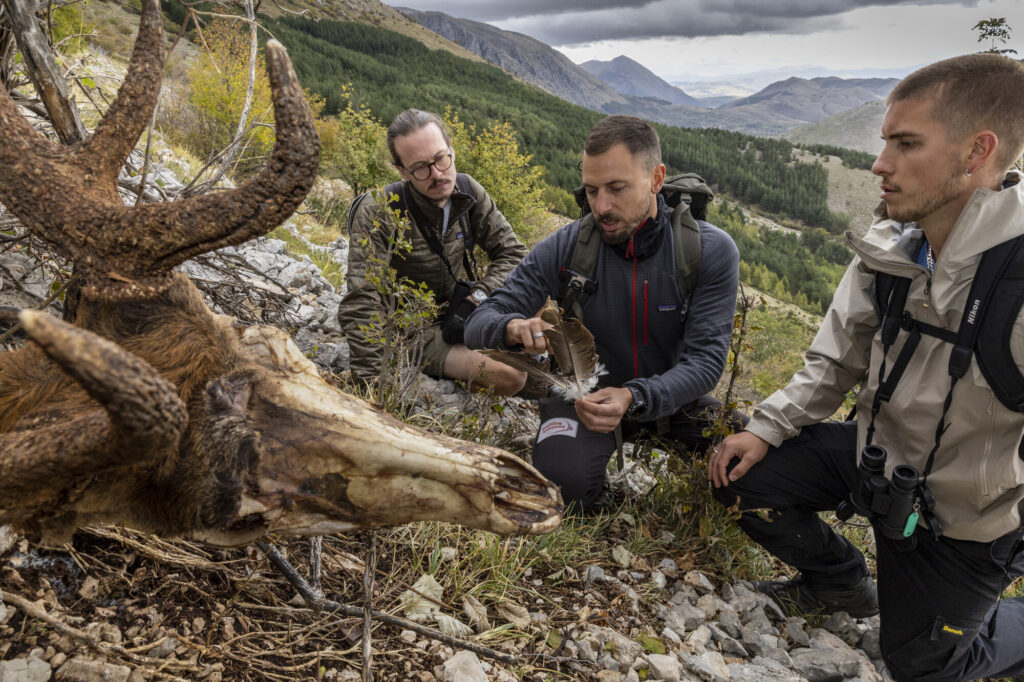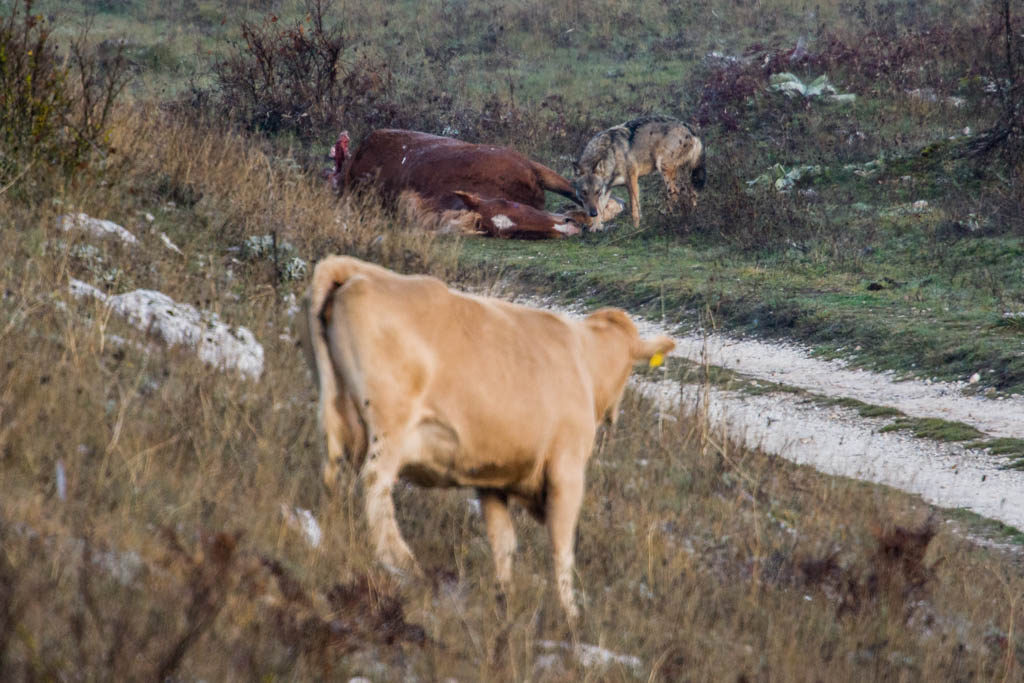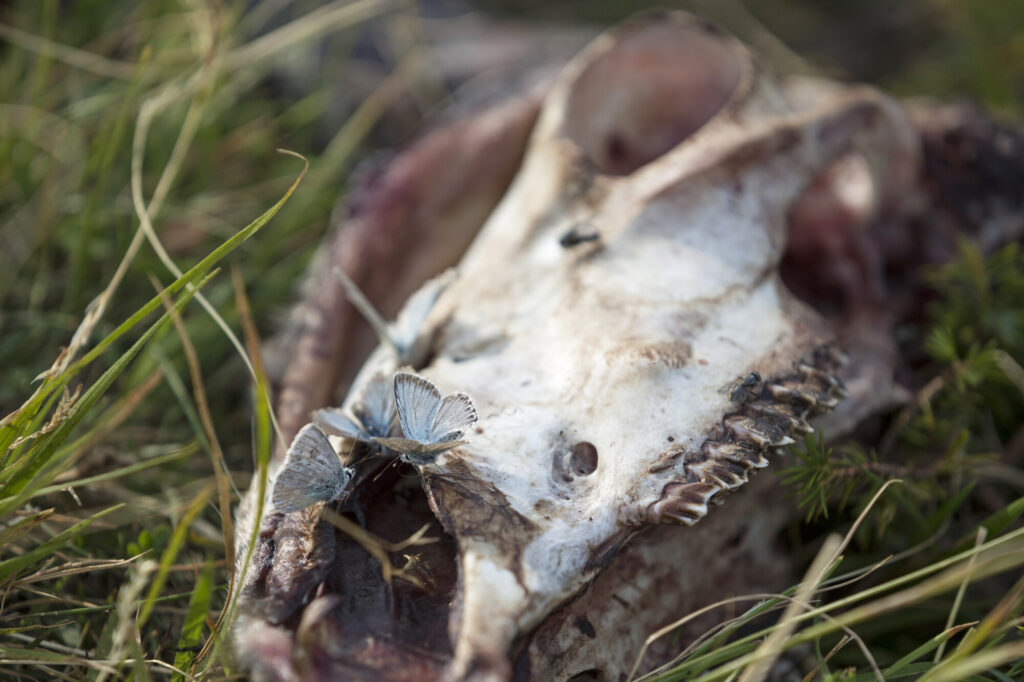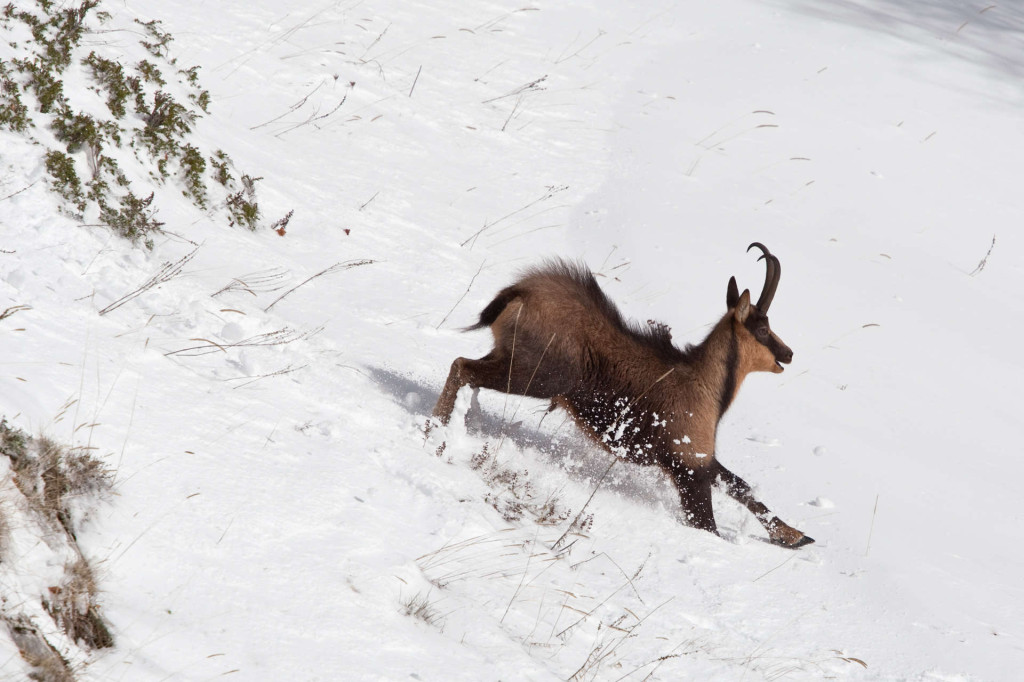The Rewilding Apennines staff have begun working a supplementary feeding station for griffon vultures within the Monte Velino Nature Reserve. By making certain a secure provide of meals for the birds, the station will help the restoration of the species, and is a step in the direction of realising a panorama the place vultures are sustained completely by the carcasses of untamed animals.
Georgi Kurtev
In direction of naturally sustained vultures
Within the Central Apennines of Italy, the Rewilding Apennines staff are at the moment using a vary of measures to help the world’s step by step recovering griffon vulture inhabitants, which now numbers between 300 and 350 birds, following reintroductions round 30 years in the past. As a keystone scavenger, griffon vultures – and different vulture species – carry out an important ecological position, disposing of carcasses and serving to to remove micro organism and illnesses.
In a super world, vultures throughout Europe would feed solely on the carcasses of untamed animals. Nonetheless, a decline in wildlife populations means livestock carcasses are sometimes a vital supply of meals. That is the case within the Central Apennines, the place extensively grazed livestock far outnumber wild herbivores akin to deer and chamois.
Whereas rewilding measures work to help the restoration of wildlife populations within the Central Apennine panorama, one of the crucial essential measures to help griffon vulture comeback is to make sure the birds have a secure provide of livestock carcasses. It’s important that these are free from poison and harmful chemical compounds akin to diclofenac, each of which may have a devastating impression on vulture populations. For this reason the Rewilding Apennines staff has simply opened a supplementary feeding station close to the city of Massa d’Albe, within the Monte Velino Nature Reserve, shut to 2 of the most important colonies of griffon vultures within the space. The reserve is managed by the Carabinieri Biodiversità of Castel di Sangro, with whom the Rewilding Apennines have an settlement enabling them to handle the feeding station.

Bruno D’Amicis
An existential risk
The carcasses of extensively grazed livestock which have both died of pure causes, or have been predated, are a vital supply of meals for griffon vultures within the Central Apennines – round 80% of their eating regimen is at the moment comprised of cow, horse, and sheep carrion. Underneath Italian regulation, farmers should eliminate livestock carcasses by burying or burning them – or danger a extreme advantageous – however in mountainous areas such because the Central Apennines, that is incessantly unimaginable, as a result of animals usually die in inaccessible locations.
When vultures feed on these carcasses, there is no such thing as a management over whether or not they comprise probably deadly chemical compounds, such because the anti-inflammatory drug diclofenac. Diclofenac remains to be used for veterinary functions in Italy, regardless of being banned in lots of Asian nations, following a large collapse in vulture populations there. As well as, small numbers of farmers additionally miss poisoned carcasses or baits focusing on wolves, in an try to cease predation on calves and lambs. These pose a extreme and indiscriminate risk to vultures and different wildlife, in addition to to domesticated animals, pets, and folks.

Bruno D’Amicis / Rewilding Europe
Good for vultures, good for farmers too
Having obtained the required permits, the Rewilding Apennines staff can settle for carcasses from farmers – comprising cattle, horses, and sheep which have died of pure causes – inside a 60-kilometre radius of the brand new feeding station. Round two tonnes of carcasses shall be made accessible to the griffon vultures each month. Every carcass provided to the station shall be totally checked by a veterinarian to make sure it’s secure for the vultures to feed on. An info board has additionally been arrange by the staff to clarify to folks the aim of the feeding station, and the way it works.
Having the ability to provide carcasses to the station advantages farmers in addition to vultures, because the disposal price of a totally grown cow or horse might be as much as 400 euros. The staff will organise the gathering of all carcasses, with the closest farmers given precedence for comfort and to minimise carbon emissions.
“The farmers who’ve registered with us to produce carcasses are overwhelmingly enthusiastic concerning the new feeding station,” says Rewilding Apennines Communications Supervisor Angela Tavone. “Establishing the station has helped us to have interaction with them and to coach them concerning the ecological significance of vultures, and the necessity to provide the birds with meals that’s secure for his or her consumption.”

Daniel Allen
The significance of feeding stations
Within the wake of the mad cow illness disaster within the early 2000s, the European Union handed laws that banned the leaving of lifeless livestock within the area. The carcasses of home animals needed to be collected from farms and destroyed, drastically lowering the supply of meals for scavenging birds akin to vultures, and negatively impacting their populations. Vulture conservation programmes in numerous European nations are tackling this problem, and the problem posed by veterinary medicine and poisoning, by offering secure meals at supplementary feeding stations.
“The principle intention with this feeding station is to ensure a secure provide of meals for the vultures, and to make sure the station works easily,” explains Nicolò Borgianni, the Rewilding Apennines vulture area officer. “Transferring forwards, we want to develop a community of ‘gentle feeding stations’ within the Central Apennines that farmers may use now and again, after which for farmers to depart carcasses instantly in nature, assuming their farms have been authorised as secure. However this development would require modifications in laws.”
The Rewilding Apennines staff can also be engaged in measures to improve the native inhabitants of Apennine chamois, and to create intensive coexistence corridors connecting parks and different protected areas, that are geared toward supporting the restoration of a variety of wildlife species.

Bruno D’Amicis / Rewilding Europe
Stopping habituation
The brand new feeding station shall be operated in a means that stops the griffon vultures changing into habituated, which may have an effect on their means to seek for naturally occurring meals. Carcasses shall be not noted on totally different days and at totally different occasions of day, whereas the amount of carrion provided will even be various and controlled.
Measures carried out by the Rewilding Apennines staff to help the comeback of griffon vultures are enabled by a grant from French philanthropic basis Fondation Ensemble, along with co-funding from Rewilding Europe.


















